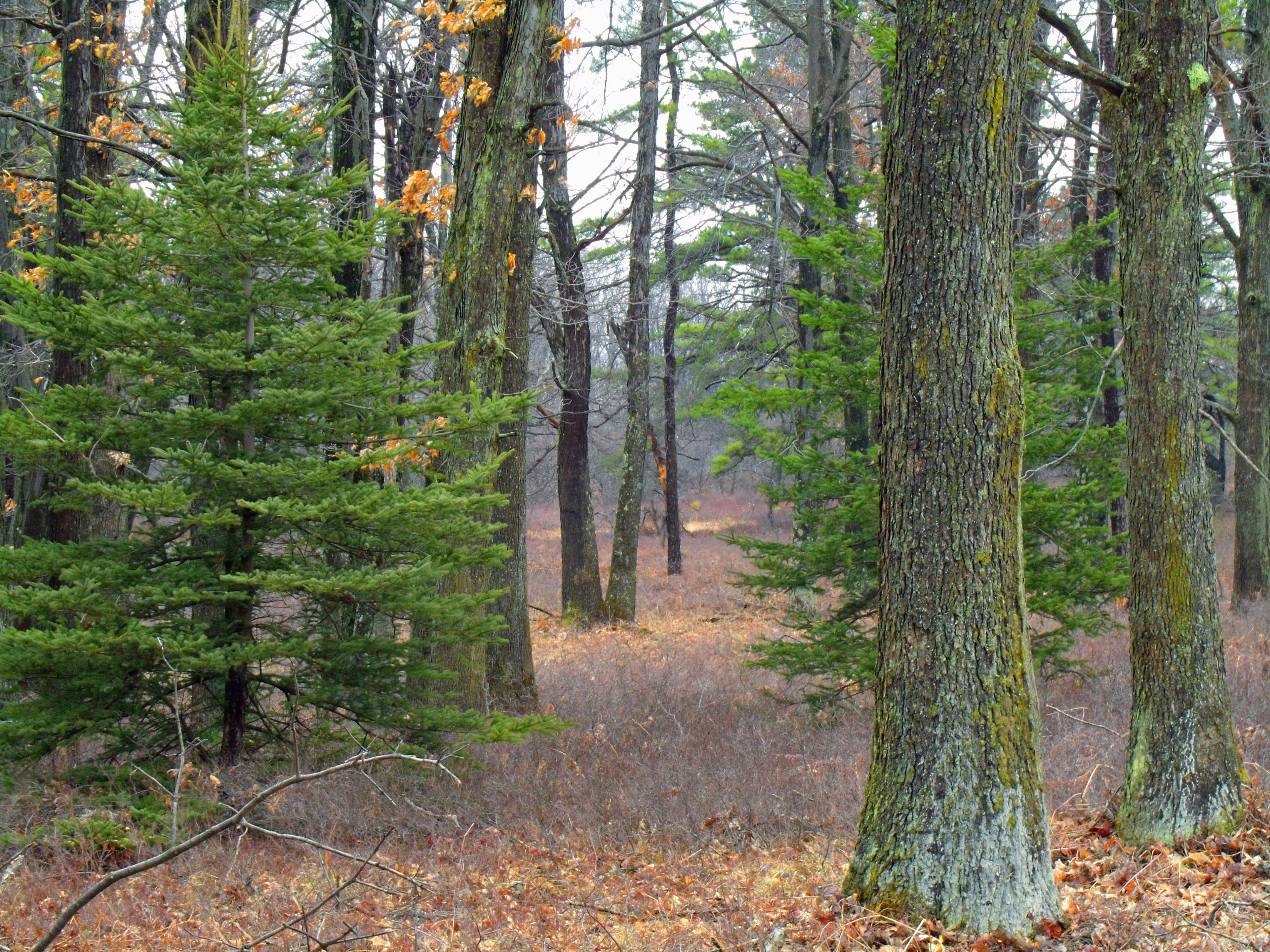How to Identify the 10 most common Genus of Trees
- Introduction to Tree Genus
- Broadleaf Trees Explained
- Coniferous Trees Explained
- Recognizing Fruit Tree Genuses
- Recognizing Ornamental Tree Genuses
- Palm Trees Explained
- Understanding Tree Diseases by Genus
- Impact of Seasonal Changes on Genus Identification
- Deciduous Trees Explained
- Genus Identification: Bark, Leaves, and Fruit
- Tree Age Determination by Genus
- Tree Care by Genus
- Wrap up and recap
Deciduous Trees Explained
Understanding Deciduous Trees

Trees or shrubs that lose their leaves seasonally.
Deciduous trees are a fascinating and integral part of our natural world. They are known for their seasonal leaf change, where they shed their leaves usually in the autumn season. This characteristic is not just a beautiful natural phenomenon but also a survival strategy. Let's delve deeper into understanding these unique trees.
Definition and Characteristics of Deciduous Trees
Deciduous trees are a type of tree that sheds all of its leaves for part of the year. This process is a strategy to survive harsh weather conditions such as winter cold or summer drought. The term "deciduous" means "falling off at maturity" or "tending to fall off", and it is typically used in reference to trees or shrubs that lose their leaves seasonally, and to the shedding of other plant structures such as petals after flowering or fruit when ripe.
Deciduous trees have broad, flat leaves that are usually shed in the autumn. Before they are shed, these leaves often change color, resulting in the beautiful autumn colors that many regions are known for.
The Science Behind the Seasonal Leaf Change
The process of leaf change and shedding in deciduous trees is a fascinating one. During the warmer months, the leaves of these trees are green due to a pigment called chlorophyll, which is crucial for photosynthesis. As the days get shorter and temperatures drop, the trees begin to prepare for winter.
The tree starts to block the transport of water and nutrients to and from the leaves, and it breaks down the chlorophyll, causing the green color to disappear. This reveals other pigments in the leaves, such as carotenoids and anthocyanins, which are responsible for the vibrant yellows, oranges, and reds we see in the fall.
Once the tree has recovered all the nutrients it can from the leaves, they are shed to conserve water and energy during the winter months.
The Role of Deciduous Trees in the Ecosystem
Deciduous trees play a significant role in the ecosystem. They provide shelter and food for a variety of wildlife. The leaves that are shed every year decompose and enrich the soil, providing nutrients for other plants.
Moreover, like all trees, deciduous trees absorb carbon dioxide and release oxygen, playing a crucial role in combating climate change. They also help to regulate the local climate by providing shade and reducing wind speed.
Common Types of Deciduous Trees
There are many types of deciduous trees, and they can be found all over the world. Some of the most common types include:
- Oak Trees: Known for their strength and longevity, oak trees have lobed leaves and produce acorns.
- Maple Trees: Recognizable by their distinctive leaf shape, maple trees are famous for their vibrant autumn colors and the sap which can be used to produce maple syrup.
- Birch Trees: These trees have a distinctive white bark and triangular leaves. They are one of the first trees to grow back in an area after a forest fire.
In conclusion, deciduous trees are a vital part of our natural landscapes. Their unique characteristics and the role they play in the ecosystem make them a fascinating subject of study. Understanding these trees is the first step in being able to identify them and appreciate their contribution to our environment.